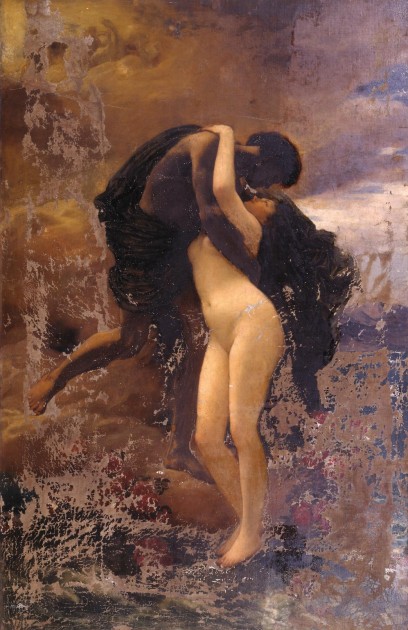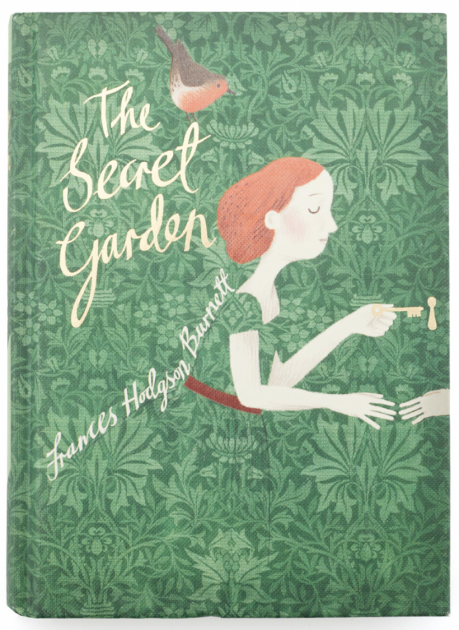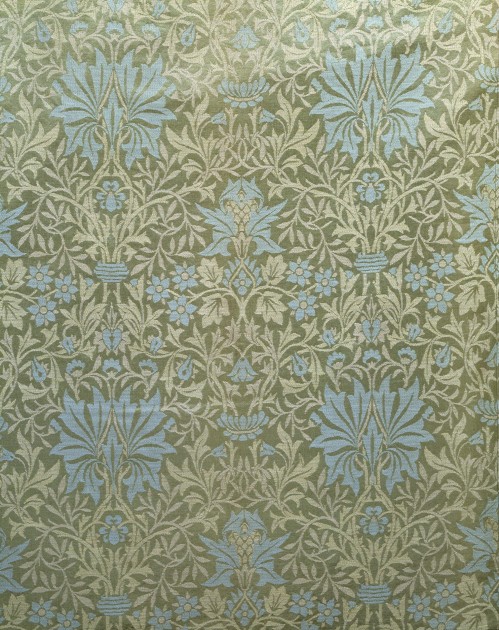Wednesday, August 25th, 2021
The 1928 Flood in the Tate

Paul Delaroche, “The Execution of Lady Jane Grey,” 1834. Oil on canvas, 246 cm × 297 cm (97 in × 117 in). National Gallery, London. Image courtesy Wikipedia
Yesterday I was watching an episode of “Fake or Fortune” that discusses a flood of the Thames River in January of 1928 (see 31:05 in the video episode linked above). The flood filled the lower galleries of the Tate up to eight feet of water and many paintings were damaged. One of these paintings was The Execution of Lady Jane Grey (shown above) which did sustain some damage and tears, but clearly was not destroyed. Instead, the painting rolled up and was forgotten until 1973, when a researcher at the Tate discovered it was rolled up in another painting that was presumed lost in the aftermath of the flood: John Martin’s The Destruction of Pompeii and Herculaneum. I think there is an element of irony that a painting about the eruption of Pompeii was nearly destroyed in another force of nature, albeit rising water instead of falling volcanic ash.
Although eighteen paintings were listed as damaged beyond repair, these two paintings by Delaroche and Martin turned up decades later. The “Fake or Fortune” episode considers the possibility of finding another one that may have been lost in the aftermath of the flood (a painting by Edward Landseer), although I won’t divulge a spoiler here! Luckily, many other works of art escaped damage or experienced minimal damage, including the new murals by Rex Whistler which had been completed for the Tate restaurant only the year before in 1927.
The Tate has a list of the paintings partially damaged and damaged in the flood (as well as some photographs of the event), It looks like at least one painting, Frederick Lord Leighton’s Helios and Rhodes (see below) has been kept in the collection but is unable to be restored.

Lord Frederic Leighton, “Helios and Rhodes,” 1830-1896. Oil on canvas, support 165.8 × 109.9 cm. Tate. Creative Commons License
This flood has had an impact on contemporary art, too. Artist Julia Fullerton-Batten used photography and digital tools to create a scene of workers carrying a painting out of a flooded gallery within the Tate. More information about this image and the step-by-step process used by Recom Farmhouse to help Fullerton-Batten create the scene, “Tate Britain Flood,” is found here.
This flood of the Thames in 1928 reminds me of the flood of Florence in 1966, which also created considerable damage to art. Do you know of other works of art that have been damaged or destroyed due to floods?

